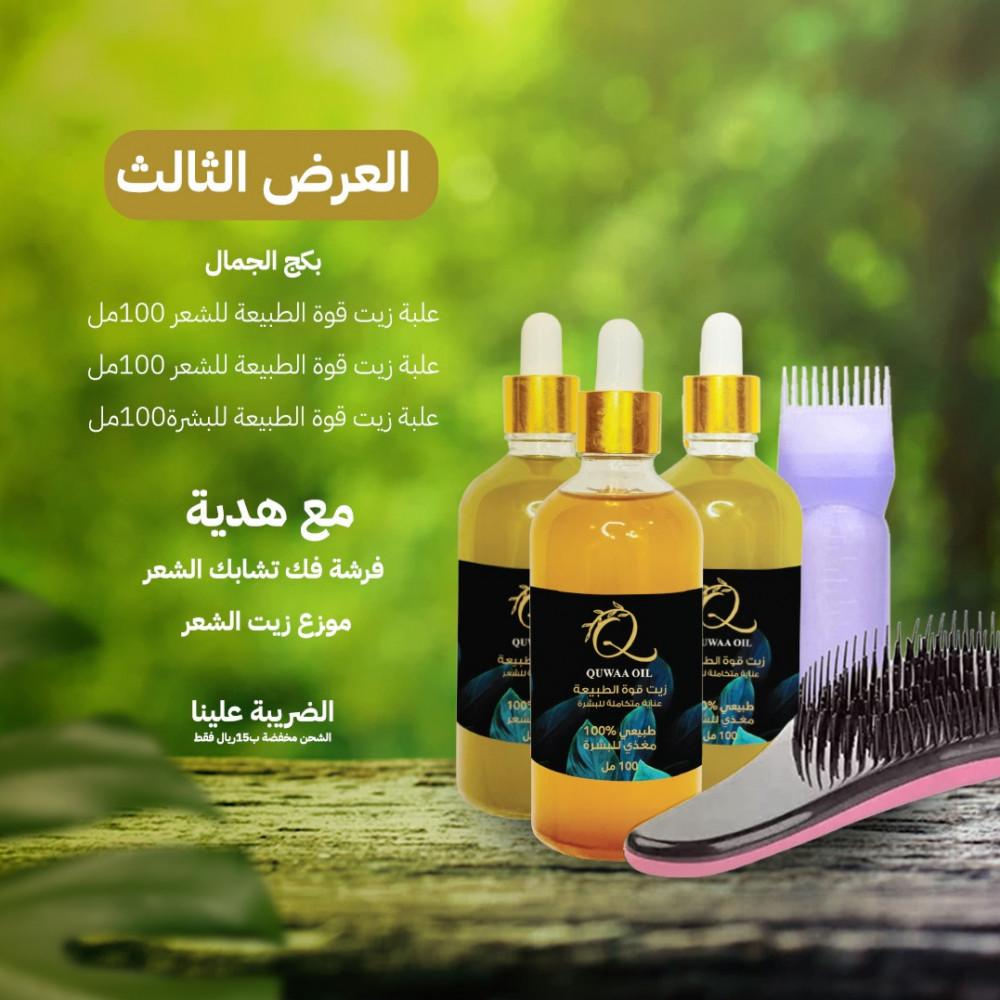Gender and sexuality play significant roles in cosmetic advertising, as marketers often leverage societal norms, cultural expectations, and beauty ideals to promote products. Here are key considerations regarding gender and sexuality in cosmetic advertising:
-
Gender Stereotypes:
- Traditional gender stereotypes often influence cosmetic advertisements. For example, certain products may be marketed more towards women with an emphasis on femininity, while others may target men with messaging related to confidence or grooming.
-
Representation:
- Increasingly, there is a push for more diverse and inclusive representation in cosmetic advertising. Brands are recognizing the importance of showcasing individuals of various genders, ethnicities, body types, and sexual orientations to reflect the diversity of their consumer base.
-
Gender-Neutral Marketing:
- Some brands are moving towards gender-neutral marketing strategies, recognizing that beauty and self-care are not limited to any specific gender. This approach aims to be inclusive and appeals to a broader audience.
-
Body Positivity and Inclusivity:
- Advertisers are embracing body positivity by featuring models of different body sizes and shapes. This shift challenges traditional beauty standards and promotes a more inclusive perception of beauty.
-
Celebrating Individuality:
- Modern cosmetic advertisements often celebrate individuality and uniqueness. Brands may focus on empowering individuals to express their personal style and preferences rather than conforming to societal expectations.
-
LGBTQ+ Representation:
- Some cosmetic brands actively include LGBTQ+ representation in their advertising campaigns. This can help build a connection with the LGBTQ+ community and emphasize that beauty is for everyone, regardless of sexual orientation or gender identity.
-
Sexual Appeal and Sensuality:
- Certain cosmetic advertisements leverage sexual appeal and sensuality to market products. These ads often emphasize how using specific beauty products can enhance attractiveness and confidence.
-
Challenging Beauty Standards:
- Progressive cosmetic campaigns challenge traditional beauty standards and promote self-love. Messages may encourage consumers to embrace their natural features and redefine beauty on their own terms.
-
Social Media Influence:
- Social media platforms play a crucial role in shaping beauty ideals. Influencers and celebrities often collaborate with cosmetic brands to promote products, influencing their followers' perceptions of beauty, gender, and sexuality.
-
Empowerment Messaging:
- Many cosmetic brands incorporate empowerment messaging in their advertising campaigns. This involves encouraging individuals to feel confident, empowered, and comfortable in their own skin, regardless of societal expectations.
-
Inclusive Language and Imagery:
- The language and imagery used in advertisements are increasingly becoming more inclusive. Brands use language that avoids reinforcing gender norms and imagery that represents a wide spectrum of identities.
-
Consumer Activism:
- Consumers are becoming more socially conscious, and brands are responding to this shift. Cosmetic companies may align themselves with social justice issues, supporting gender equality, LGBTQ+ rights, and body positivity in their advertising.
-
-
Psychographic Segmentation:
- Utilize psychographic segmentation to understand the attitudes, interests, and values of specific consumer groups related to gender and sexuality. This involves analyzing consumer behavior and preferences to tailor advertising messages effectively.
-
Consumer Behavior Analytics:
- Employ consumer behavior analytics tools to track and analyze how different demographic groups respond to various advertising strategies. This data-driven approach helps in refining marketing campaigns to align with the nuanced expectations of different gender and sexuality segments.
-
Neuromarketing Techniques:
- Apply neuromarketing techniques to understand the subconscious reactions of individuals to cosmetic advertisements. This involves studying brain responses and emotional reactions to visual stimuli, allowing for more precise messaging tailored to gender and sexuality nuances.
-
Stereotype Analysis:
- Conduct stereotype analysis to identify and challenge gender norms present in advertising content. By deconstructing stereotypes, brands can create campaigns that resonate with diverse audiences and challenge traditional beauty ideals.
-
Cultural Semiotics:
- Employ cultural semiotics to analyze symbols, signs, and cultural codes related to gender and sexuality. Understanding the semiotic landscape helps in creating advertisements that are culturally relevant and avoid inadvertently reinforcing stereotypes.
-
Intersectionality Considerations:
- Acknowledge intersectionality, considering how gender identity intersects with other factors such as race, ethnicity, and sexual orientation. This approach ensures a more nuanced understanding of diverse consumer experiences.
-
Adaptive Content Marketing:
- Implement adaptive content marketing strategies that tailor content dynamically based on user behavior, preferences, and demographic information. This involves the use of machine learning algorithms to personalize content for different segments related to gender and sexuality.
-
Sentiment Analysis:
- Apply sentiment analysis to assess how audiences respond emotionally to advertising messages. This involves using natural language processing tools to gauge the sentiment expressed in online discussions and social media interactions related to cosmetic campaigns.
-
Diversity and Inclusion Metrics:
- Establish metrics for measuring diversity and inclusion in advertising campaigns. This includes tracking representation percentages, analyzing audience engagement across demographics, and assessing the impact of inclusive messaging on brand perception.
-
Influencer Collaboration Strategy:
- Develop an influencer collaboration strategy that involves influencers who align with diverse gender identities and sexual orientations. Utilize influencer marketing analytics to measure the effectiveness of collaborations in reaching specific audience segments.
-
A/B Testing for Inclusivity:
- Conduct A/B testing experiments to evaluate the impact of different advertising approaches on inclusivity. This involves testing variations of advertisements to identify which resonate most positively with diverse gender and sexuality groups.
-
Compliance with Ethical Advertising Standards:
- Ensure compliance with ethical advertising standards, respecting guidelines related to gender portrayal, body image, and representations of sexuality. Adhering to these standards helps build trust with consumers and avoids potential backlash.
By incorporating these technical considerations into cosmetic advertising strategies, brands can navigate the complex landscape of gender and sexuality, fostering inclusivity, authenticity, and resonance with diverse consumer groups.
-






